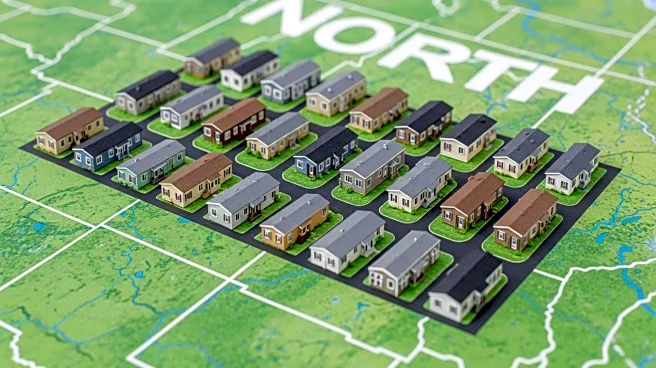What's Happening?
Scientists have developed advanced simulations using supercomputers to predict earthquake dynamics and potential damage. Led by David McCallen, the EQSIM project collaborates with Lawrence Berkeley and Oak Ridge national laboratories to understand seismic wave effects on buildings and infrastructure. This initiative is part of the Exascale Computing Project, aiming to redefine infrastructure resilience in earthquake-prone areas. The simulations provide insights into how seismic waves interact with geological features, helping anticipate infrastructure responses to quakes. The project focuses on major U.S. fault zones, including the San Francisco Bay Area and Los Angeles Basin, offering data-driven insights for urban planning and construction.
Why It's Important?
The EQSIM project represents a significant advancement in earthquake preparedness, offering detailed insights into seismic wave behavior. This information is crucial for designing resilient infrastructure, potentially reducing damage from earthquakes. The ability to predict how different areas might be affected by seismic activity can lead to targeted strategies for risk mitigation. The project's findings could influence construction practices and disaster preparedness, enhancing safety and resilience in earthquake-prone regions. As simulations continue to evolve, they promise to inform future urban planning and infrastructure development, safeguarding communities against seismic threats.
What's Next?
The EQSIM simulations are being applied to major U.S. fault zones, providing critical data for infrastructure resilience. As researchers refine these simulations, they aim to translate findings into practical applications for earthquake risk mitigation. The project is supported by the DOE’s Office of Cybersecurity, Energy Security, and Emergency Response, highlighting the importance of resilience in U.S. energy infrastructure. Future advancements in computing could further enhance earthquake research, potentially benefiting other regions with similar predictive modeling. The ongoing research raises questions about how innovative tools can be harnessed to protect cities worldwide from earthquake threats.











